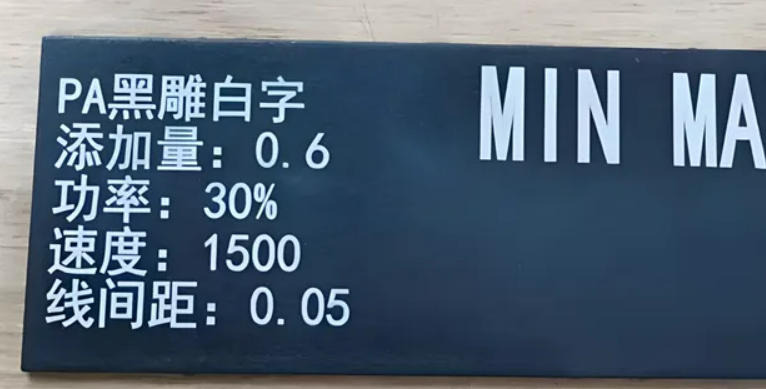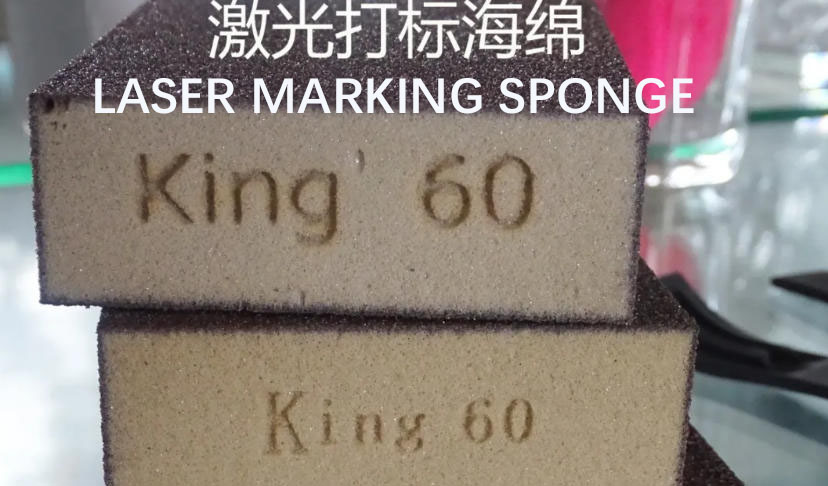
The terms laser marking and laser engraving are often used interchangeably in the industry, causing confusion. But they have distinct meanings.
Laser marking primarily changes the surface properties of a material, such as oxidation or foaming, without necessarily creating depth. Laser engraving, on the other hand, removes part of the material surface to form a recessed pattern. In practice, many people mix the two, but in industrial applications, there are clear differences.
In simple terms, laser marking is a broader concept, and laser engraving is a specific type of laser marking.
Next, we will compare their differences in detail from multiple dimensions.
| Feature Dimension | Laser Marking | Laser Engraving |
|---|---|---|
| Basic Principle | Uses laser to induce physical or chemical changes on the material surface, creating contrast, but with little or no material removal. | Uses high-energy laser to instantly vaporize the material surface, removing a portion of the material and forming a groove. |
| Processing Depth | Extremely shallow, usually <0.001mm (e.g., anodized layer), at micron level. | Significantly deeper, typically 0.01mm–0.5mm or more, can be felt as a tactile groove. |
| Tactile Feeling | Usually no tactile feel; marked surface is flush and smooth with the original material. | Noticeable tactile feel; can feel the engraved marks. |
| Visual Appearance | Depends on color changes; can be black, white, colored, with fine detail. | Material is removed, often exposing its natural color; contrast depends on material color and substrate. |
| Main Techniques | Annealing marking, foaming marking, color change marking, carbonization marking, etc. | Direct high-power pulsed laser ablation and vaporization of material. |
| Material Impact | Minimal impact, does not damage surface integrity (e.g., protective layer). | Damages the surface layer, may affect corrosion resistance and durability. |
| Suitable Materials | Metals (especially stainless steel, anodized aluminum), plastics, ceramics, glass, etc. | Almost all materials; especially suitable for applications requiring depth and durable marking, such as metals, wood, leather, acrylic. |
| Application Scenarios | Barcodes/QR codes, serial numbers, logos, date codes, electronic components, etc. | Stamps, molds, medals, decorative items, deep serial numbers, wear-resistant parts. |
| Speed & Power | Generally faster; lower average power required. | Generally slower (due to more material removal); higher power or multiple passes required. |
Laser Marking
The main goal of laser marking is to create high-contrast, durable marks without significantly altering the physical structure of the material.
Common techniques include:
Annealing Marking: Mainly used on metals such as stainless steel and titanium. The laser heats the surface, forming a thin oxide layer that displays colors (black, brown, gold, red) due to light interference. The process removes almost no material, and the mark remains flush with the surface without affecting corrosion resistance.

Foaming Marking: Used on dark plastics. The laser heats the material surface, causing internal bubbles to expand, forming tiny raised patterns that reflect light differently and create a light-colored mark.

Carbonization Marking: Applied to light-colored plastics (like ABS) and wood. Laser heating carbonizes the surface, turning it black.

Color Change Marking: Suitable for coated materials or certain plastics, using laser energy to alter the coating color.

Summary: Laser marking is like “painting on the surface,” changing the material’s properties to create a pattern.
Laser Engraving
Laser engraving removes material using a high-energy laser beam, forming recessed grooves.
This is a subtractive process: material is permanently removed.
The depth of the mark can be controlled by adjusting laser power, speed, and the number of passes.
Engraved marks are highly durable and resistant to wear, scratches, or long-term use.

Summary: Laser engraving is like using a “carving knife” to cut grooves into the material.
Which Should You Choose: Laser Marking or Engraving?
Choosing between laser marking and engraving depends on material type, application needs, and budget:
Laser Marking is preferred when:
High speed and efficiency are required
Fine, visually appealing logos or colored marks are needed
The surface must not be damaged (e.g., medical devices or precision parts)
Materials are thin or heat-sensitive
Laser Engraving is preferred when:
Marks must be extremely durable, heat-resistant, and chemically resistant
Tactile or embossed effects are desired (e.g., medals, signatures, reliefs)
Deeper cuts are required (e.g., stamps, molds)
Materials are suitable for deep engraving (wood, leather, acrylic, thick metals)
In short: Laser marking is like writing with a permanent pen on the surface, while laser engraving is like carving with a sharp knife.
Conclusion
Understanding the difference between laser marking and laser engraving helps you choose the right solution for your project. If you need fast, precise, and non-destructive marking, choose laser marking. If durability, depth, and tactile effects are your priority, go with laser engraving. Selecting the proper laser technology ensures optimal results, material longevity, and project efficiency.






